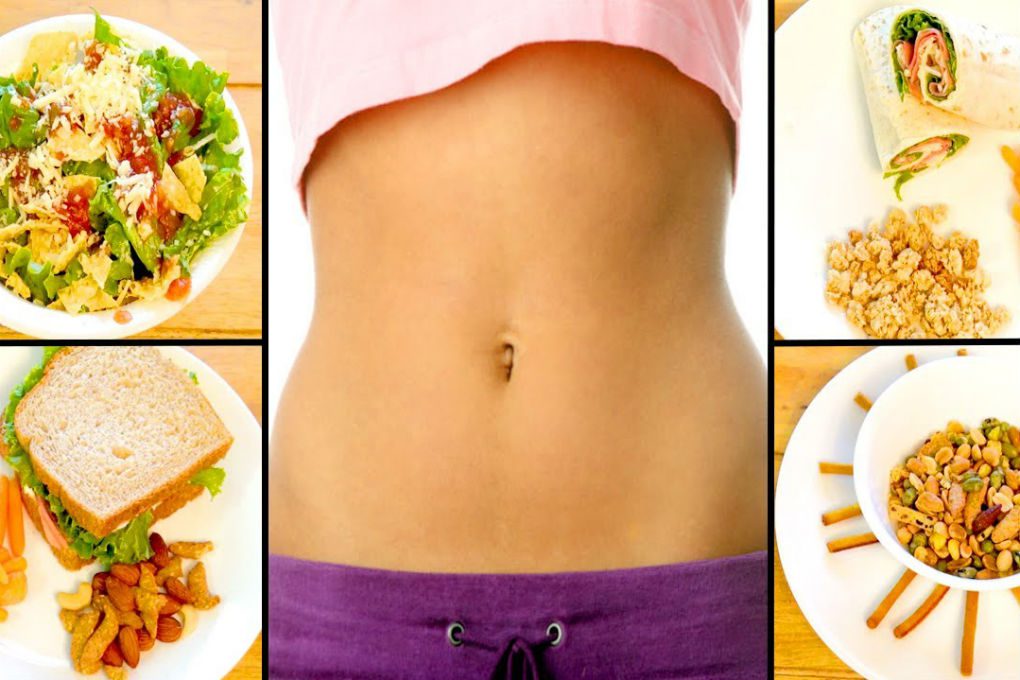You’ve heard this before; when you ask a co-worker or a friend, a relative or a neighbour, how they’ve lost weight so dramatically. They shrug their shoulders with nonchalance and tell you that it’s no secret, they just eat right. Now, to someone who is struggling with weighty issues this is hardly good advice as eating right could mean several things to different people. So if you want to get started with ‘eating right’Make a list of the good, the bad, and the down right ugly. Make sure that you know exactly what’s good or bad because it’s quite possible that you are eating things that you think are very healthy, but are silently packing on the calories. Research is a must. Know your food thoroughly. Chances are that the people who are eating right probably have it figured out.
Prioritise: When eating right you have to prioritise on food. Don’t compromise on your favourite things, but just keep, say, one favourite sweet that you will eat no matter what and remove all the rest from the list. If your weakness is mom’s homemade biryani, indulge whenever you can lay your hands on it, but otherwise resist what you don’t need.
High quality nutrition sources: While you need a good mix of carbs, fats, and proteins for a balanced diet, try and make sure you get these from only high quality sources. If your carbs are coming from ice cream and not from whole grains or veggies you are eating wrong. There are no two ways about it.
High quality carbs: Here is a list of high quality carbs with good nutrition.
Fruits – peaches, pears, apples, watermelon, bananas, oranges.
Vegetables – Carrots, radish, broccoli, cauliflower, cabbage, celery, peas.
Beans – lentils, kidney beans, lima beans, pinto beans, chickpeas. Oatmeal also comes under this category.
High quality source of proteins: Here are some high quality sources of protein that must be a part of your daily diet within good portion control. So while 7-8 almonds are good when taken daily, 20 are not.
Meat – steak, chicken, fish. Eggs, nuts – almonds, brazil nuts, cashews, macadamia, pistachios. Seeds – Sunflower, poppy, flax seed. Dairy is also a good source of protein.
High quality source of fats: Here the list for nuts and seeds repeat themselves, as do eggs. Apart from these, good quality sources of fat are: Olives, avocados, coconut and oils like olive oil and coconut oil.
Dairy: Dairy comes in probably all three categories as good sources of real food. Whole milk, cheese, and cottage cheese are good nutritious sources of dairy. If you are trying to lose weight, cheese is not a good idea, but incase you’re just looking to eat healthier or put on weight, cheese is a good source of fat and protein.
5 simple rules for eating right:
1) Eat many veggies (at least 2 cups a day)
2) Meat or eggs should be fitted into your diet if you want a balanced diet. If you’re a vegetarian, then make an effort to include good protein in your daily diet.
3) Fruits vary based on sugar content so be careful about what your are eating.
4) Replace veggies with beans or fruits for a variation but not everyday
5) Eat controlled portions of fat – this is a very important rule for a balanced diet and healthy living.
Snacking: Make sure you eat real food when you snack. If your snacks consist of empty calories without any nutrition, all your good efforts in the domain of healthy eating come to naught. Here are some ideas for healthy snacks.
Supplementation: And finally supplement smart. While it’s much better to get your nutrition from food, there are times when you may have to supplement. Vegetarians will need a protein supplement, fish oil is a good idea as most of us don’t get it in our diets, and multivitamins are always great for supplementation.









0 Comments